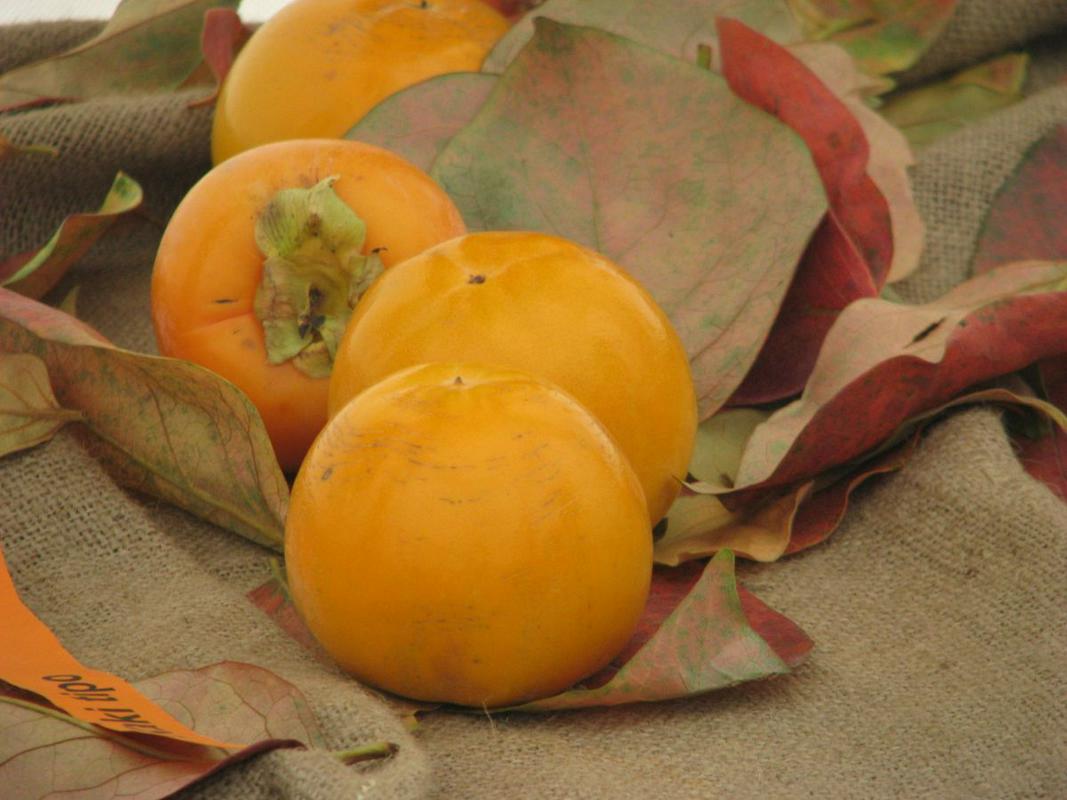
As late autumn transforms the usually vibrant Mediterranean landscapes of Slovenia’s coastal region into shades of brown and gray, unusual orange-red spheres appear on fruit trees to add a touch of color the landscape. They are persimmon fruits, a relatively recent import that has become one of the symbols of Slovenia’s Littoral province.
The soft, sweet persimmon has its origins in China, where it has been grown for centuries. It later made its way to Japan and was eventually introduced in the West during the 19th century.
In the early 20th century, the first persimmon trees arrived in the Mediterranean region of present-day Slovenia from Italy. One of the first growers there was a Slovenian who had served as a soldier in Africa. When he stopped in Sicily on his way back home, he was impressed by the sight of persimmon trees, and decided to plant the first persimmon orchard in the Strunjan Valley, not far from the shores of the Adriatic.
At first, public demand for the fruit was limited, since it was exotic and its taste unfamiliar. Today, however, persimmon groves are common throughout Slovenian Istria, with about a third of all orchards concentrated in the Strunjan Valley. The production – about 300 metric tons a year -- is too small for export, but the demand in Slovenia is growing. In an age when locally grown fruit is increasingly in demand and people are no longer frightened by the exotic, persimmons have become a common sight from fruit stalls to supermarket shelves.
Even though persimmons have the reputation of being a Mediterranean fruit, increasing demand has led to the creation of new orchards in inland Slovenia. If they are exposed to the sun and protected from extremely low temperatures, the trees do well even in frost-prone areas.
Several events now celebrate the persimmon, including a festival held each November in the Strunjan Valley. Visitors flock there not just to taste persimmons from around the region, but also to taste various home-made desserts that use the fruit in inventive ways. They can also admire a very special tree: A cutting from a Nagasaki persimmon trees that survived the atomic bomb was planted recently in the Strunjan Valley as a symbol of both peace and Slovenian-Japanese friendship – appropriately so, since the fruit is popular in both nations.
Less than a century after its introduction, the persimmon – a popular treat and a colorful addition to the Slovenian countryside – is now as much a part of Slovenia’s coast as the olive trees that have grown in the region for millennia.


































































